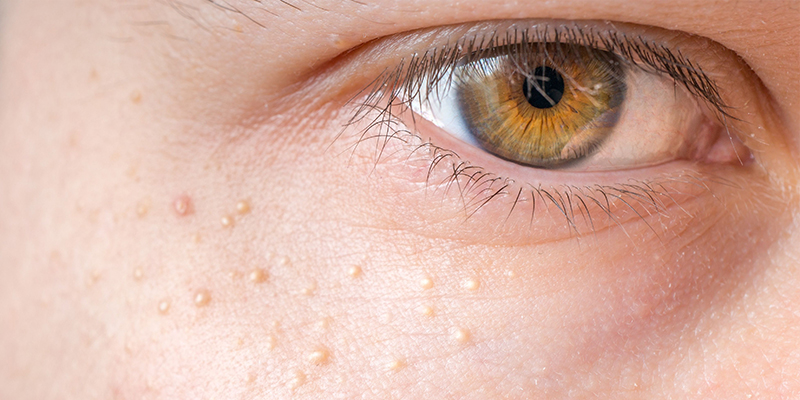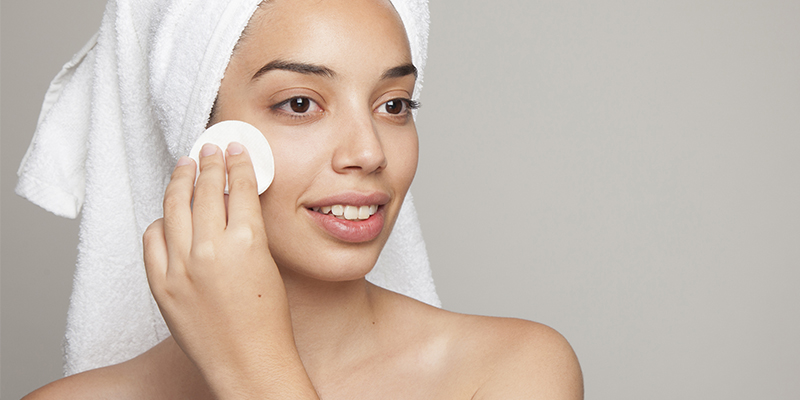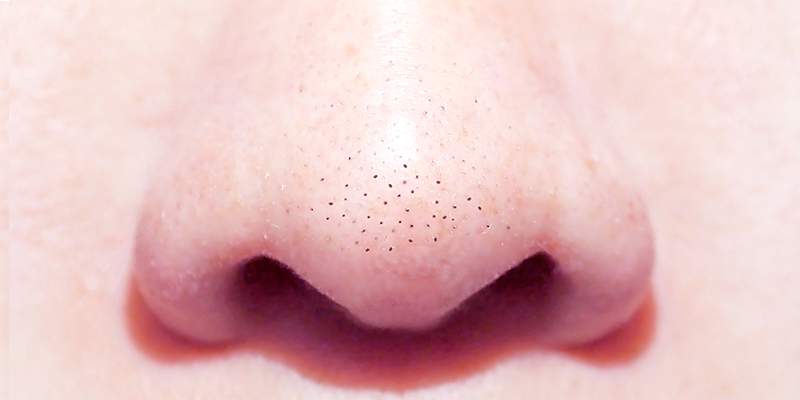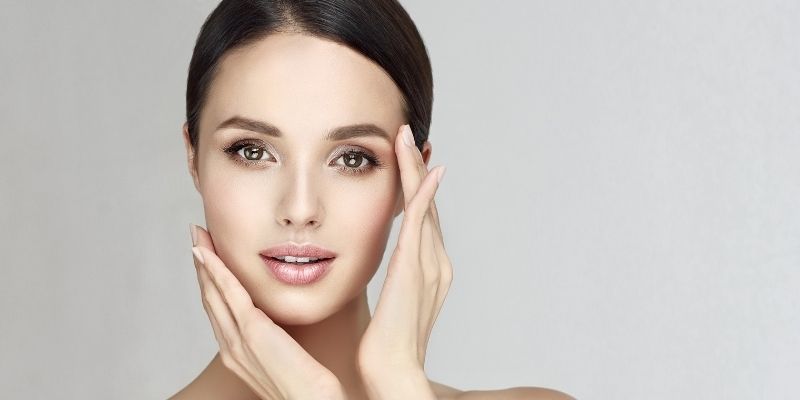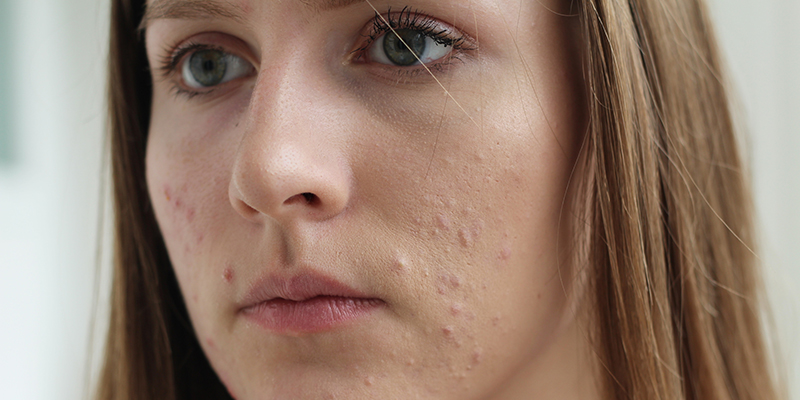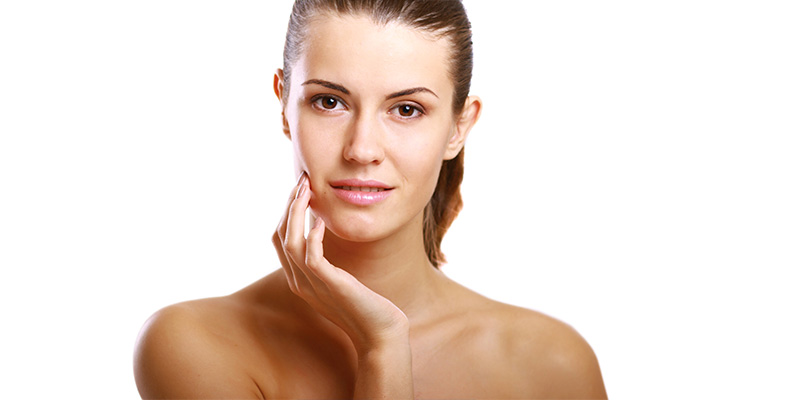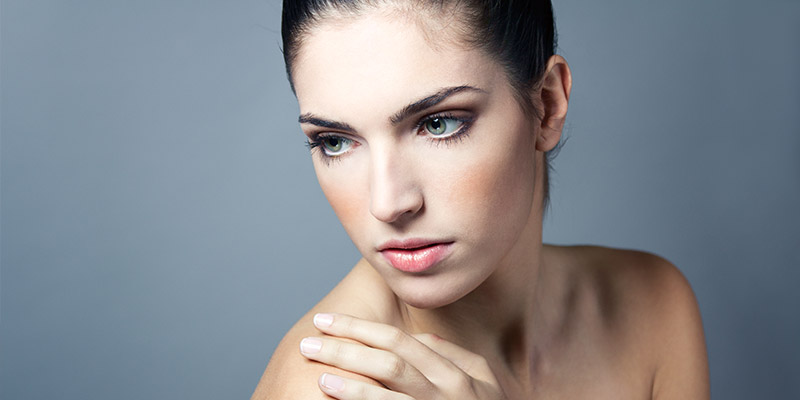How To Get Rid Of Milia Bumps?
As if acne and their scars weren’t enough, whitehead-like bumps called Milia have started to increase their incidence among adults and teens. These bumps can make your skin look texturized and uneven, and many times, these do not go away easily or by themselves. Seeking professional help from a dermatologist is recommended to get rid of persistent milia.
What Is Milia?
Milia (singular – milium cyst) are tiny bumps that form in the topmost layer of the skin known as the epidermis and resemble whiteheads or white pimples. They appear white or pearly in colour and are often found in groups. They are also called as ‘milk spots’ or ‘oilseeds’ at times. There is no swelling or inflammation associated with milia spots, unlike acne. Also, there is no itching sensation or pain.
Must Read: Know The Best Treatment For Acne
What Causes Milia? Why Do They Appear?
Keratin a primary protein found in the skin, hair, and nails, and when this gets trapped in the epidermal layer, it results in the formation of a milium cyst. Many events can trigger the entrapment of keratin in the epidermis and cause milia. A few major reasons for milia in adults are as follows –
- Sun damage makes the shedding of dead cells difficult by turning the skin’s texture to rough and leathery.
- Burns
- Injury or rashes that can lead to blisters
- Usage of steroid creams for a prolonged period, especially without any dermatologist’s supervision
- Genetic syndromes like Rombo syndrome and Gardner syndrome
Skin conditions like rosacea and dandruff often accompany milia. The cause of milia in newborns is unknown. Milia on the face is often seen in the form of clusters under the eyes, on the eyelids, on the nose, on the cheeks, and also on the chin.
Who Does Milia Affect?
More than half of the babies develop milia, and most of the times, these go away by themselves in a few months. Milia can also affect teenagers and adults as an effect of the reasons listed above.
What Are The Types Of Milia?
Milia is categorized into the following types based on factors such as age and the causal factor.
- Neonatal Milia – Affecting new-borns, this type of milia usually clear away by themselves in a few weeks and are seen on the face, scalp, and upper body.
- Juvenile Milia – When the milia are caused due to genetic disorders, it is called Juvenile Milia.
- Primary Milia In Children And Adults – The various reasons given in the sections above can result in Primary Milia forming usually on the face in children and adults, such as milia on the eyelids. At times, milia are also formed on the private parts.
- Milia En Plaque – In this type, the milia grow to become several centimetres big due to autoimmune (genetic) disorders such as lichen planus. They are found on the eyelids, cheeks, etc. This type is seen in teens and adults, but most commonly seen in middle-aged women.
- Multiple Eruptive Milia – This is the only type of milia that can possess some associated itchiness. Found on the face, upper body, and arms, the milia spots usually disappear by themselves in a few months.
- Traumatic Milia – Milia formed due to injury such as burns are called Traumatic Milia.
Must Read: How To Get Rid Of Teenage Pimples?
Can You Prevent Milia?
No! Even though we understand what factors might trigger milia in adults, it cannot be prevented. They can, many a time, spring up without any reason too.
How To Treat Milia?
While milia prevention is an area still unknown to skin specialists, they are many ways in which milia treatment can be done to remove them for good.
- Don’t Pick, Poke: More than a milia treatment, this is an advice given by dermatologists. This is because poking or picking at them is not going to do you any good. Applying too much pressure while trying to poke the milia cysts can damage your skin and even leave behind scars. If a cut is formed, there is the chance of an infection developing as well.
- Cleanse The Area: Use mild soaps that are free from skin-damaging components like parabens. Gently wash the face with it and pat the skin dry. Do not let the facial skin air-dry as this can make your skin drier and increase the chances of keratin being trapped in the epidermis to form milium cysts.
- Steam Open Your Pores: An additional step that you can add to your skin care routine is to use steam to cleanse the pores further. Either sit in the hot steam in your bathroom (run hot water for a few minutes to fill the room with steam) or place your face over a bowl of hot water. After about five minutes, rinse the face with lukewarm water and pat it dry. Repeat this once or twice a week.
- Gently Exfoliate The Area: Skin exfoliating products that contain ingredients like salicylic acid or glycolic acid can be used to remove the keratin build up from the face. Use them once or twice a week as per the dermatologist’s recommendation.
- Try A Facial Peel: Facial peels or skin peels contain the exfoliating chemicals in higher concentrations than the products available over the counter. They should be administered by a certified dermatologist so that any adverse reactions are prevented. The skin affected with milia can be sensitive and needs the skilled hands of a dermatologist for their effective milia removal using a facial peel. This is a commonly opted milia treatment when they become persistent.
Must Read: Does Chemical Peel Treat Acne?
How Are Milia Treated?
Milia can be treated by using various methods, such as –
- Chemical peels (or facial peels)
- Using topical retinoids (milia treatment creams)
- Laser therapy to destroy and remove the cysts
- Deroofing using sterile equipment to empty out the keratin in the cysts
- Cryotherapy
Your dermatologist can advise on the best treatment for milia for you.
Milia can become annoying when they don’t heal by themselves. Their treatment becomes imperative, and a skin clinic that possesses experienced dermatologists and staff is the place to go to for an apt solution.






